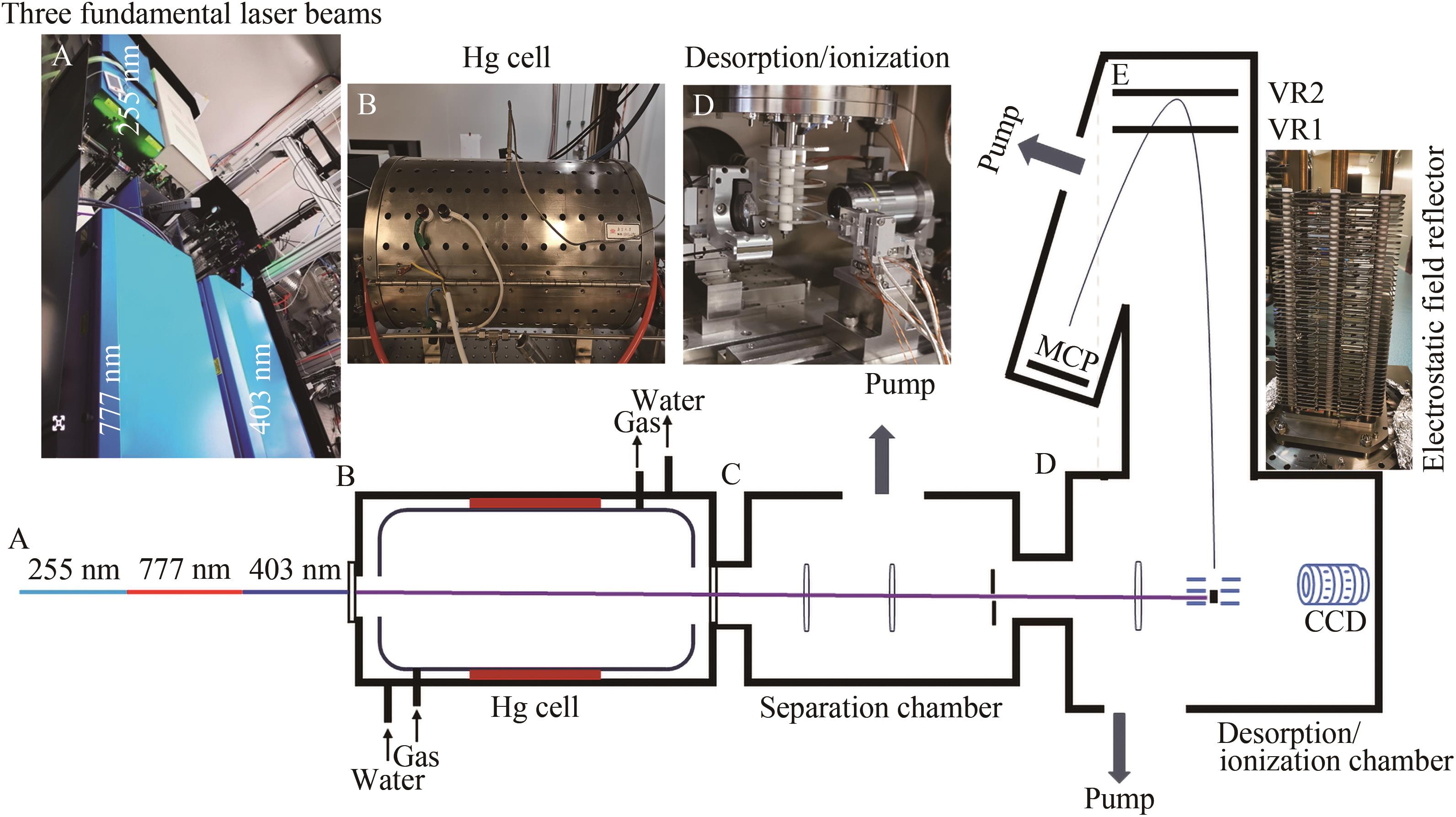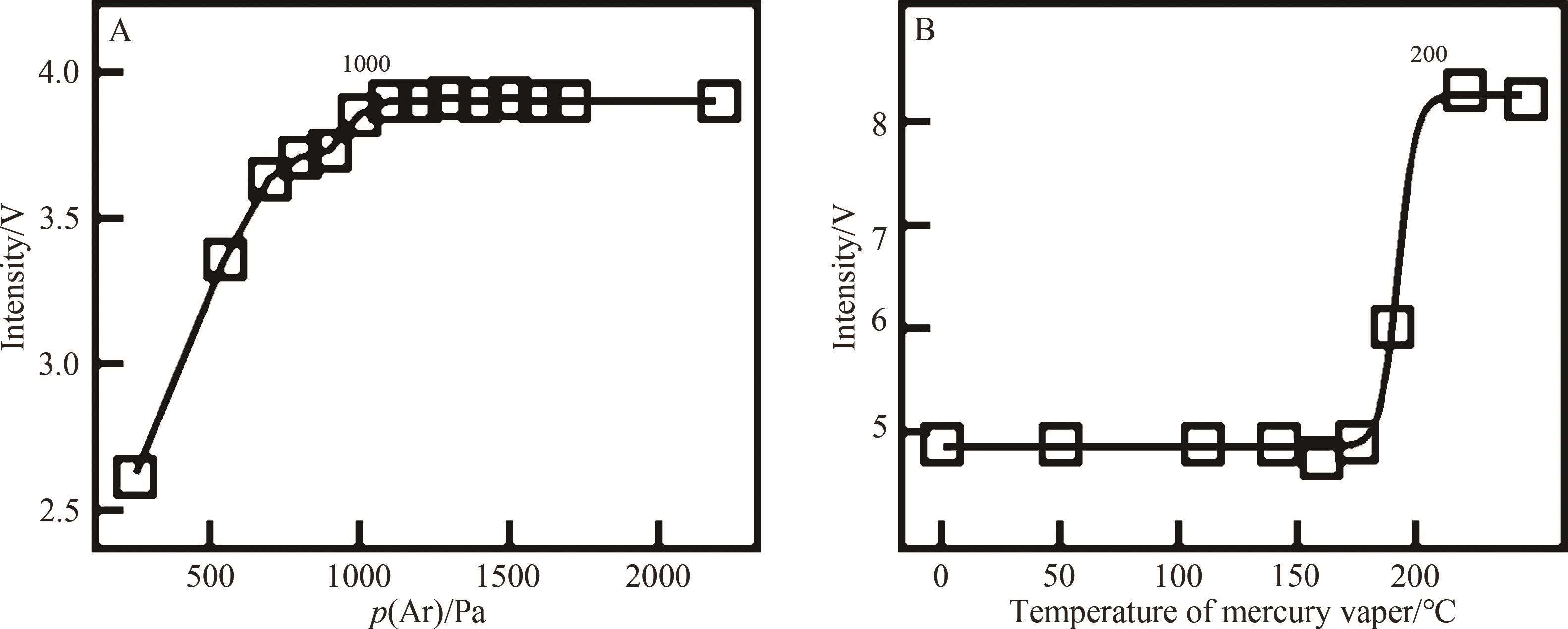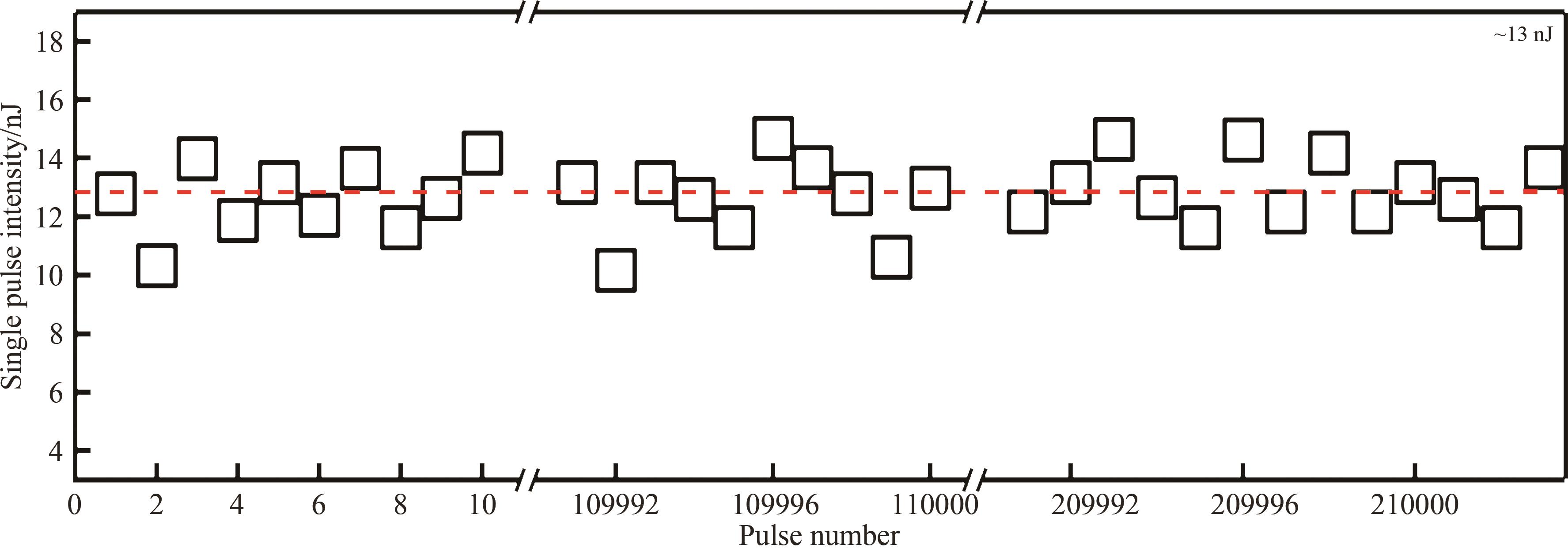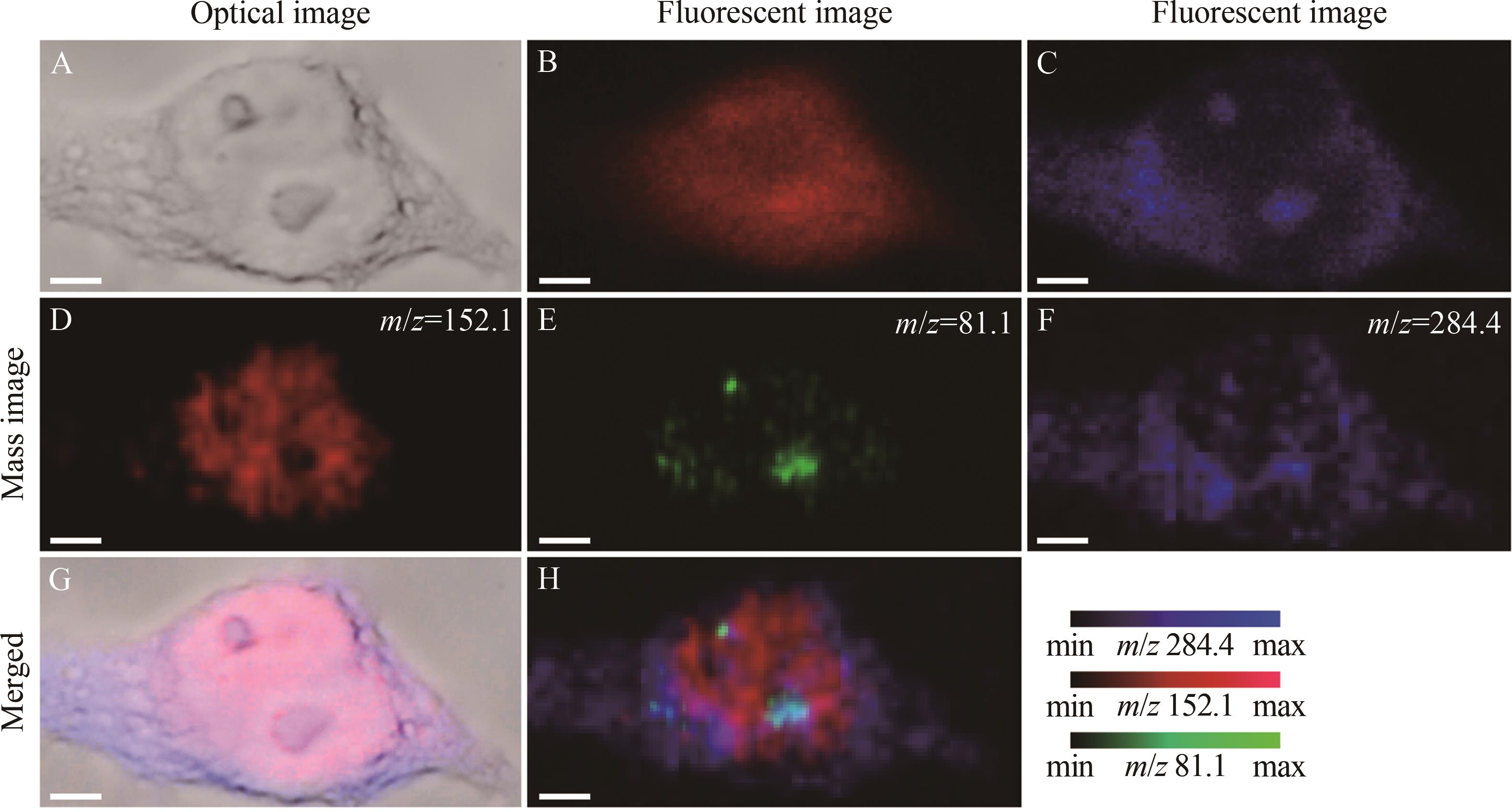| 1 |
ZENONBI R. Single-cell metabolomics: analytical and biological perspectives[J]. Science, 2013, 342: 1243259.
|
| 2 |
XU S, MA W, BAI Y, et al. Ultrasensitive ambient mass spectrometry immunoassays: multiplexed detection of proteins in serum and on cell surfaces[J]. J Am Chem Soc, 2018, 141(1): 72-75.
|
| 3 |
HU R, LI Y, YANG Y, et al. Mass spectrometry-based strategies for single-cell metabolomics[J]. Mass Spec Rev, 2021, 42(1): 67-94.
|
| 4 |
OOMEN P E, AREF M A, KAYA I, et al. Chemical analysis of single cells[J]. Anal Chem, 2019, 91(1): 588-621.
|
| 5 |
XING L, ZHAO C L, MOU H Z, et al. Next generation of mass spectrometry imaging: from micrometer to subcellular resolution[J]. Chem Biomed Imaging, 2023, 1: 670-682.
|
| 6 |
LIU H, PAN Y, XIONG C, et al. Matrix-assisted laser desorption/ionization mass spectrometry imaging (MALDI MSI) for in situ analysis of endogenous small molecules in biological samples[J]. Trac-Trend Anal Chem, 2022, 157: 116809.
|
| 7 |
YANG M, HU H, SU P, et al. Proteoform-selective imaging of tissues using mass spectrometry[J]. Angew Chem Int Ed, 2022, 61: e202200721.
|
| 8 |
MELANIE A B, BRUNET L G, MARY L K. Depth correction of 3D nanoSIMS Images shows intracellular lipid and cholesterol distributions while capturing the effects of differential sputter rate[J]. ACS Nano, 2022, 16(2): 16221-16233.
|
| 9 |
HE C, HU X, JUNG R S, et al. High-resolution imaging and quantification of plasma membrane cholesterol by nanoSIMS[J]. Proc Natl Acad Sci, 2017, 114(8): 2000-2005.
|
| 10 |
YUAN Z, ZHOU Q, CAI L, et al. SEAM is a spatial single nuclear metabolomics method for dissecting tissue microenvironment[J]. Nat Methods, 2021, 18(10): 1223-1232.
|
| 11 |
BARUT I, HE X, SENER E, et al. Correlative cellular mass spectrometry imaging and amperometry show dose dependent changes in lipid composition and exocytosis[J]. Angew Chem Int Ed, 2023, 62(15): e202217993.
|
| 12 |
HANLEY L, WICKRAMASINGHE R, YUNG Y P. Laser desorption combined with laser postionization for mass spectrometry[J]. Annu Rev Anal Chem, 2019, 12 (1): 225-245.
|
| 13 |
YIN Z, CHENG X, LIU R, et al. Chemical and topographical single-cell imaging by near-field desorption mass spectrometry[J]. Angew Chem Int Ed, 2019, 58(14): 4541-4546.
|
| 14 |
BOOKNEYER C, ROHLING U, DREISEWERD K, et al. Single-photon-induced post-ionization to boost ion yields in MALDI mass spectrometry imaging[J]. Angew Chem Int Ed, 2022, 61(34): e202202165.
|
| 15 |
WANG J, LIU F, MO Y, et al. A new instrument of VUV laser desorption/ionization mass spectrometry imaging with micrometer spatial resolution and low level of molecular fragmentation[J]. Rev Sci Instrum, 2017, 88(11): 114102.
|
| 16 |
WANG J, WANG Z, LIU F, et al. Mass spectrometry imaging of intact cholesterol in a mouse esophagus tissue section and mouse zygotes using VUV laser desorption/ionization method[J]. Int J Mass Spectrom, 2018, 432: 9-13.
|
| 17 |
WANG J, WANG Z, LIU F, et al. Vacuum ultraviolet laser desorption/ionization mass spectrometry imaging of single cells with submicron craters[J]. Anal Chem, 2018, 90(16): 10009-10015.
|
| 18 |
MOU H Z, PAN J, ZHAO C L, et al. Nanometer resolution mass spectro-microtomography for in-depth anatomical profiling of single cells[J]. ACS Nano, 2023, 17(11): 10535-10545.
|
| 19 |
LU Y, JIAO R, CHEN X, et al. Methylene blue-mediated photodynamic therapy induces mitochondria-dependent apoptosis in HeLa cell[J]. J Cell Biochem, 2008, 105(6): 1451-1460.
|

 ), Bin KANG, Jing-Juan XU(
), Bin KANG, Jing-Juan XU( ), Hong-Yuan CHEN
), Hong-Yuan CHEN






